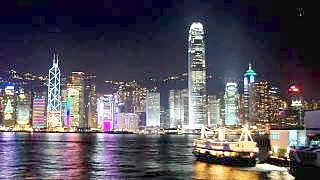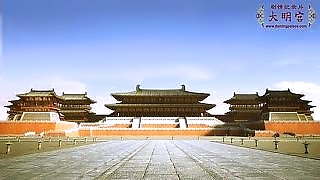 This is GuangXi 广西 …
This is GuangXi 广西 …
A beautiful pictorial film of the southern province ...
[640],shadow=true,start=,stop=
GuangXi map

Related Videos
Featured Videos

|
The beautiful outdoor show in HangZhou, ZheJiang province ...
|

|
At the Oriental Pearl Tower ...
|

|
Beautiful city-scapes ...
|

|
The DaMing Palace (DaMing Gong, Palace of Great Brilliance) was the imperial palace complex of the Tang Dynasty, located in its capital Chang'An. It served as the royal residence of the Tang emperors for more than 220 years.
Today, the DaMing Palace site is designated a National Heritage Site of China, located a little north east of present-day Xi'An city center, ShaanXi province, central China. One can take subway line 2 to DaMingGongXi (DaMing Palace West) station.
The palace complex was destroyed at the end of the Tang dynasty. The ruins were only discovered in the 1950s and some parts have now been reconstructed following careful archaeological analysis of the site. The reconstructions, museum and grounds opened to visitors in 2010.
A beautiful film ...
|

|
A beautiful film by Wild Girl ...
|

|
With shiitake mushrooms, soft dofu (tofu), eggs, sliced bamboo shoots, thin sliced red pepper, thin sliced carrots, chopped spring onion, rice vinegar, soy sauce, white pepper powder, chopped / minced ginger and a little corn starch - delicious ...
|

|
Vast rolling seas of golden canola flowers make the are around QuJing, LuoPing County, YunNan province, near the start of the Pearl River (China's third longest), a tourist hot-spot each autumn.
A GCTN Travelogue ...
|

|
Architectural design and decor inspiration 激发美好生活理念的灵感
Bonus film - Five friends each transforms a random house in the suburbs of BeiJing and their work becomes a big success 北京5個好友,改造房子後,帶火整個村
|
Tag search ?

 This is GuangXi 广西 …
This is GuangXi 广西 …





